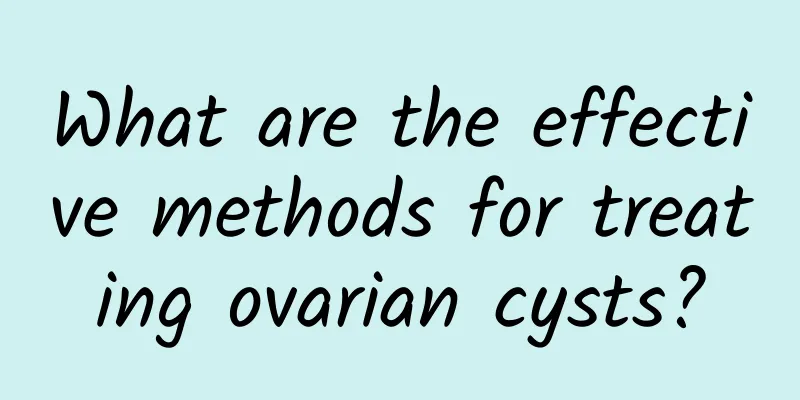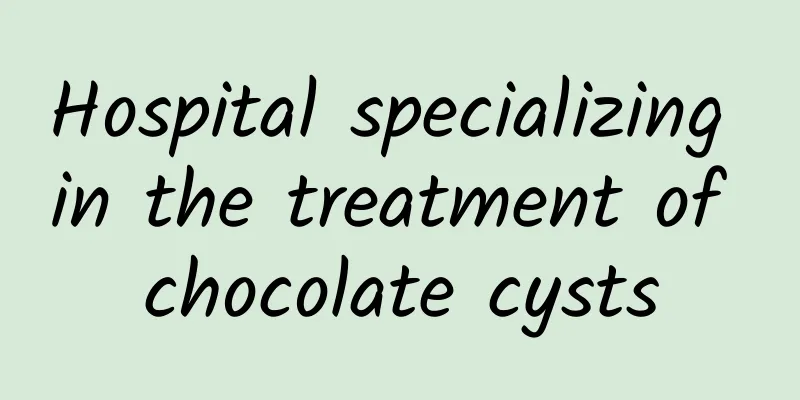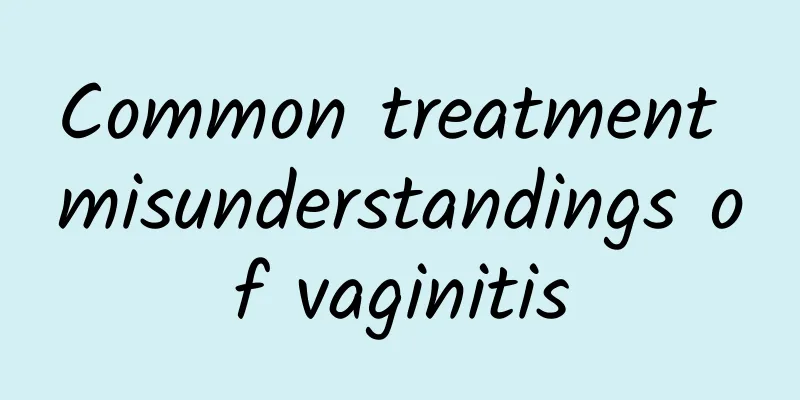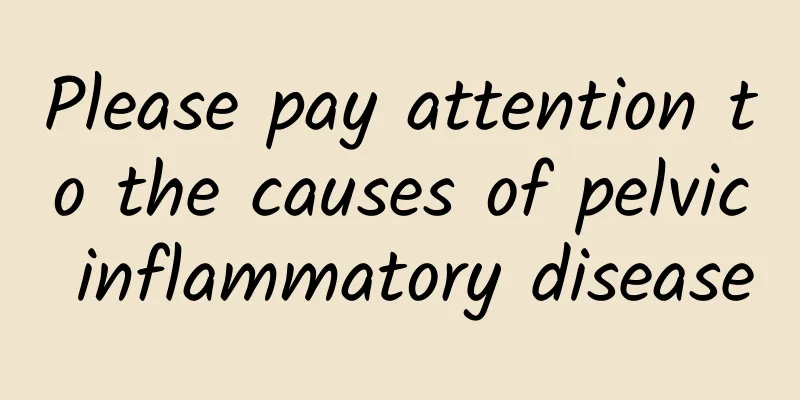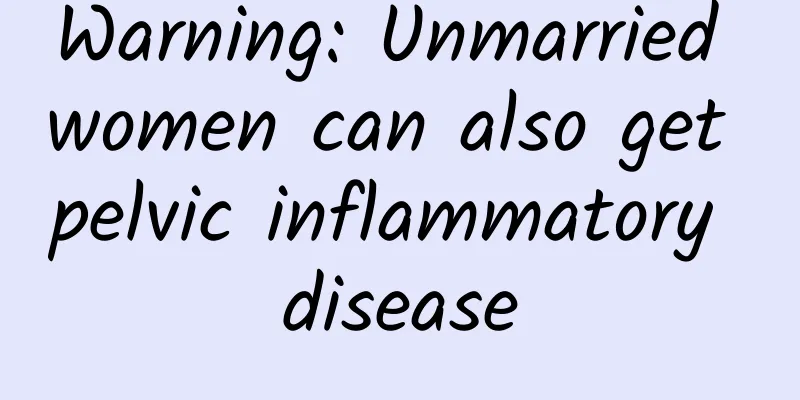How to treat submucosal uterine fibroids? What is the treatment for submucosal uterine fibroids?
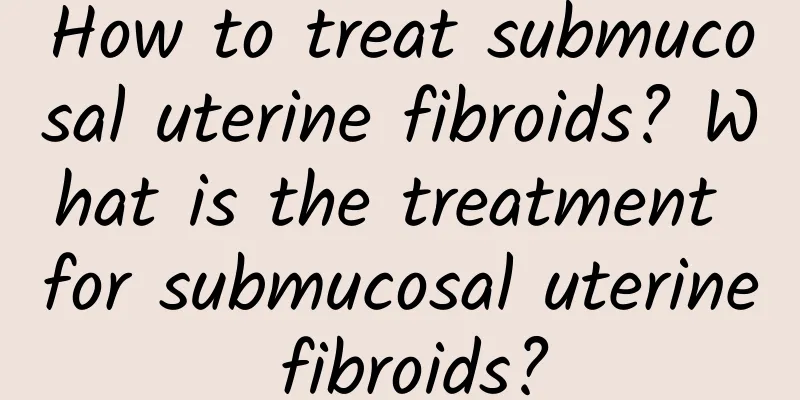
|
Everyone knows that the disease should be treated as soon as possible, because there is a best time to treat the disease. If it is missed, it will be difficult to cure. The treatment methods for different diseases are different. So what is the treatment method for submucosal uterine fibroids? Submucosal fibroids refer to intramural fibroids that grow in the uterine cavity, protrude in the uterine cavity, and directly contact the mucosal layer, accounting for about 10%. This tumor can gradually increase the deformation of the uterine cavity and is often connected to the uterus. For example, a long pedicle can block the cervix or detach from the vagina; this disease is rare. Fibroids grow in the cervix. Due to the low growth site, they can be embedded in the pelvic cavity, causing compression symptoms, making surgical removal difficult and easily damaging the ureter and bladder. Submucosal fibroids are generally treated with androgens or surgery, but most uterine fibroids still require surgical removal; now they are relatively small, you can use medication to treat them first, if it is not ideal, surgery should be performed as soon as possible, because if they are too large, major surgery is necessary. The so-called hysteroscopy is a minimally invasive surgery. Do not cut a large hole with the naked eye. The harm to the human body is relatively small, and the surgery is equally thorough. It is suitable for intramural submucosal fibroids with a diameter of less than 4 cm. It is a less invasive treatment method that can preserve the patient's fertility. It has little pain, fast recovery, no need for hospitalization, and can maintain the integrity of the patient's reproductive system. The main treatments for submucosal fibroids are as follows: 1. Traditional laparotomy: Complete removal of fibroids, suitable for all types of uterine fibroids, no surgical contraindications, and no fertility requirements. 2. Integration of Chinese and Western medicine: Suitable for patients with small fibroids or those approaching menopause and clinically asymptomatic. It is a conservative treatment that does not require hospitalization, preserves the uterus, and has stable therapeutic effects. |
<<: How to treat multiple uterine fibroids How to use medication for multiple uterine fibroids
Recommend
Foods that may cause miscarriage in pregnant women
Pregnant mothers should pay attention to the comp...
What are the serious consequences of pelvic inflammatory disease? Need to remove the uterus
Regardless of the disease, delaying treatment wil...
Wang Zhengteng: The avian influenza epidemic is sporadic
In response to documentary director Lee Hui-ren&#...
What to do about amenorrhea symptoms caused by abortion surgery
The symptoms of amenorrhea after abortion may be ...
What are the dietary taboos during the treatment of uterine fibroids? What can't patients with uterine fibroids eat?
When many people mention gynecological diseases, ...
What foods are good for adenomyosis?
For patients with adenomyosis, diet can be used a...
Yoga beauty face-lifting technique, herbal tea also works
I have clearly controlled my diet, exercised hard...
Older women experience ectopic pregnancy
A 42-year-old woman went to the hospital for 10 d...
Does uterine prolapse require hysterectomy?
Uterine prolapse generally refers to the uterus p...
Psychological care for cervical precancerous lesions
Treatment is an inevitable step when you have a d...
What causes miscarriage at 5 months of pregnancy? How to prevent miscarriage in pregnant women?
Pregnant women need to protect their bodies durin...
Lower abdominal pain is the initial symptom of ovarian cyst
Generally speaking, symptoms of ovarian cysts can...
Create goddess legs! Quickly learn Wu Wenxuan's 5 stretching methods
The waiting time during recording is sometimes ve...
Does cervical erosion affect fertility? Patients with cervical erosion must undergo these treatments before giving birth.
There are many cervical diseases that are common ...
How long does it take to get menstruation after abortion?
The time of menstruation after abortion is not fi...
